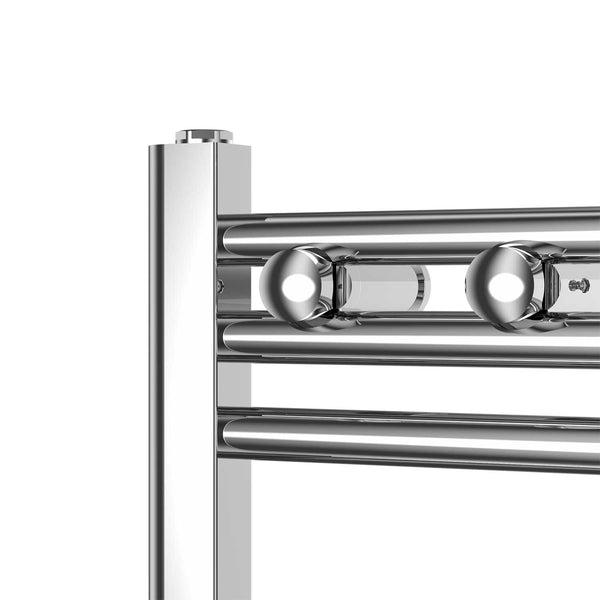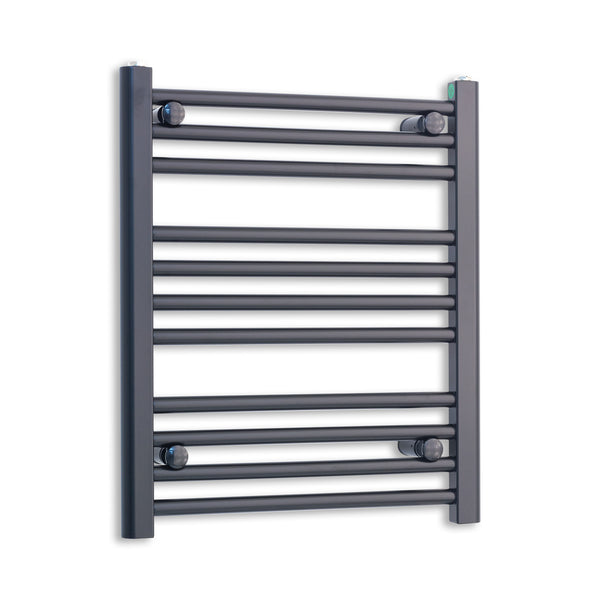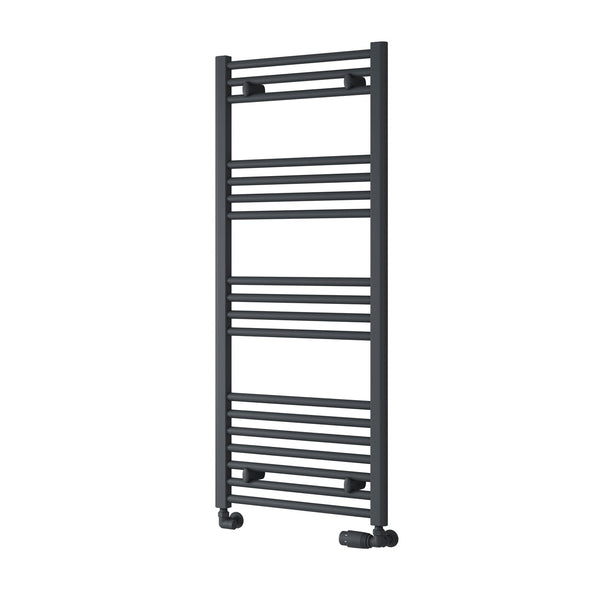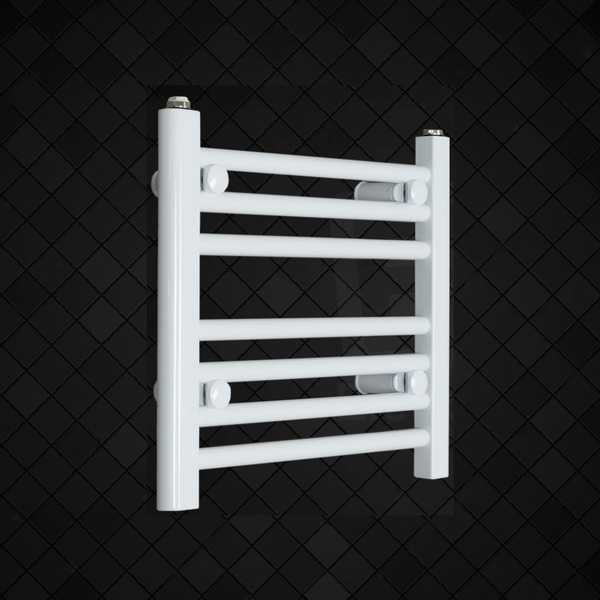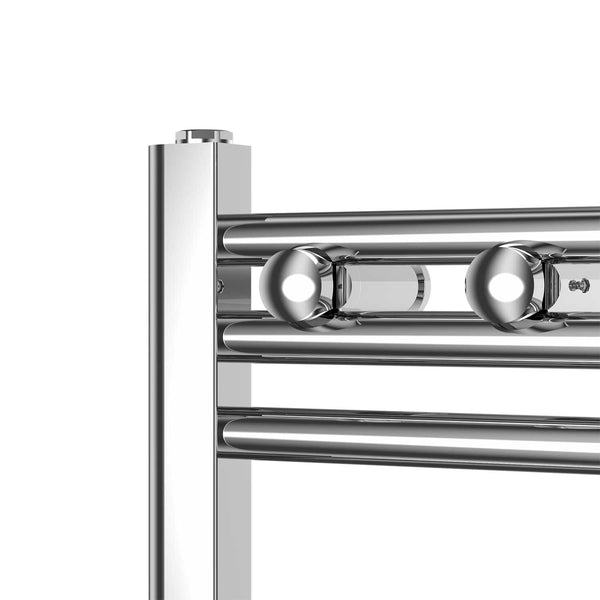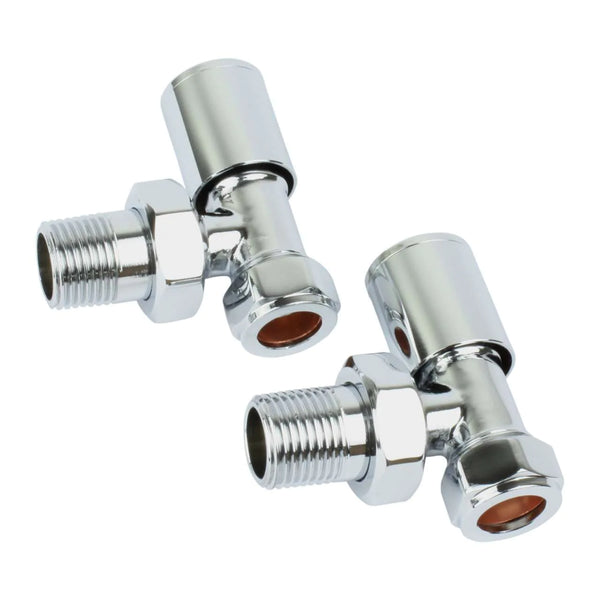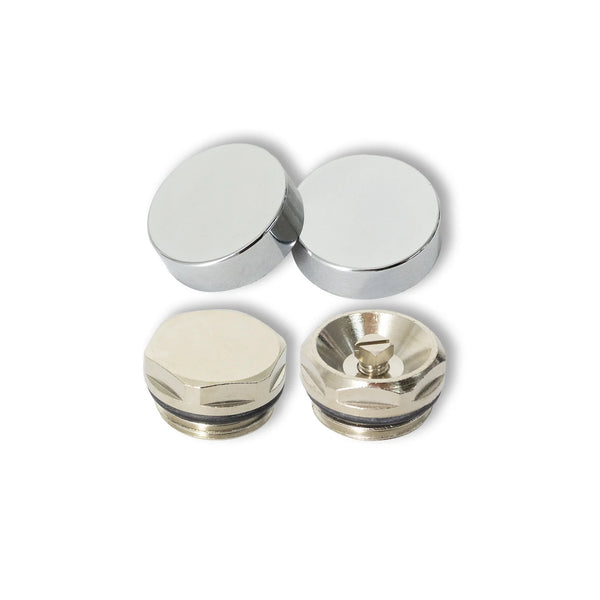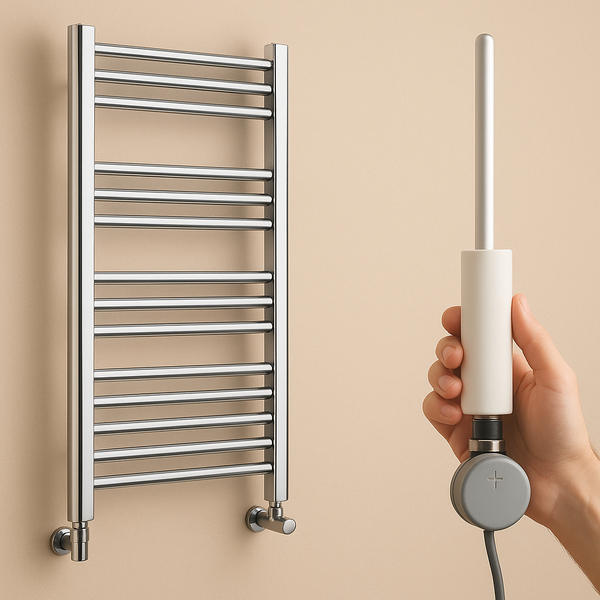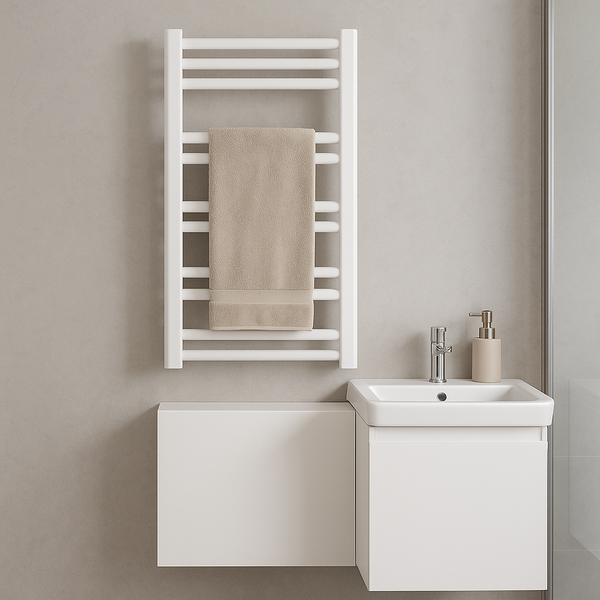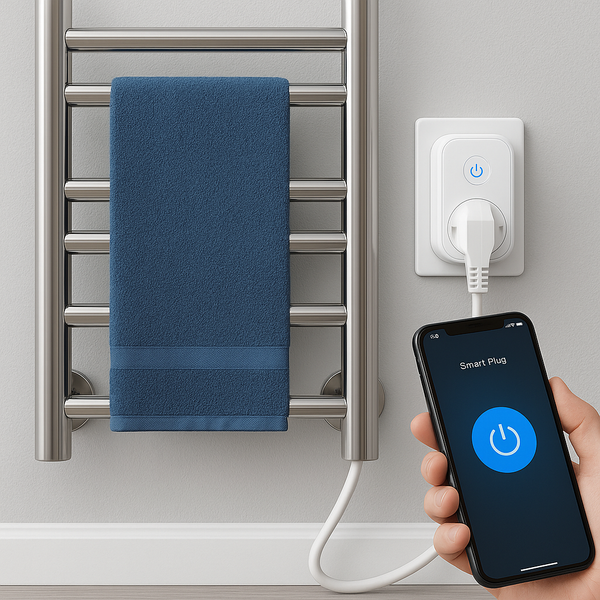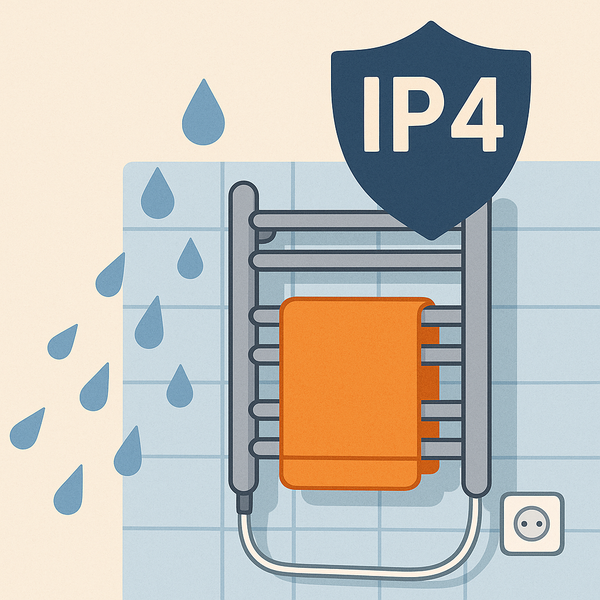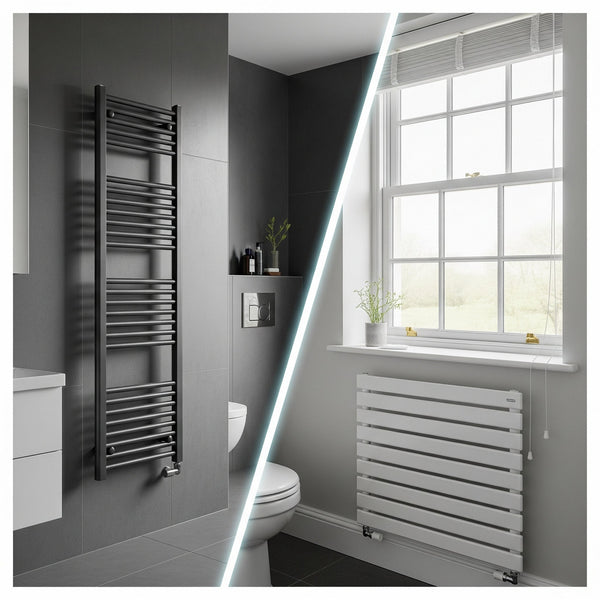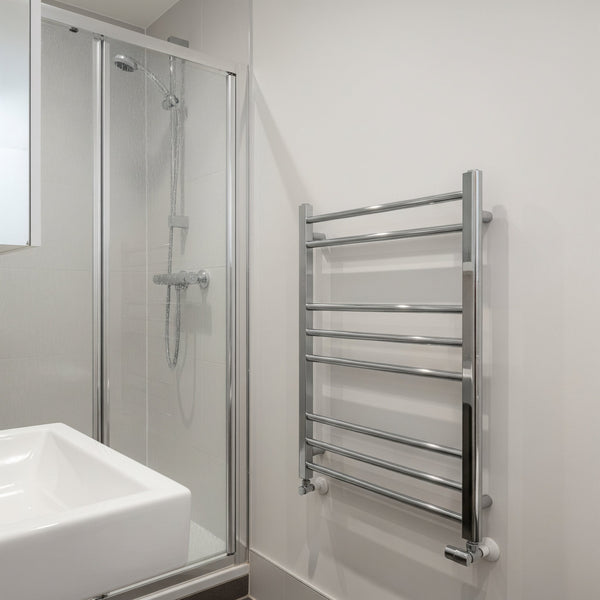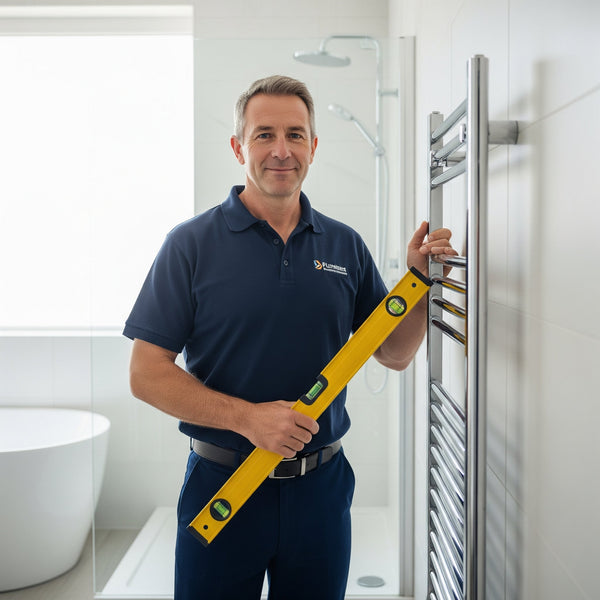What Size Heating Element Do You Need For A Heated Towel Rail?
The heating element is the heart of any electric or dual fuel towel rail. It’s the engine that converts electricity into the luxurious warmth that heats your towels and your bathroom. When you're buying the components for a dual fuel setup, you'll be faced with a choice of elements with different power ratings, measured in Watts (e.g., 150W, 300W, 600W). Choosing the right one isn't just a suggestion; it's a critical decision for the safety, efficiency, and lifespan of your appliance.

So, how do you know which size to pick? Selecting an element that is too weak will lead to disappointing performance, while choosing one that is too powerful is inefficient and potentially dangerous. This expert guide from Company Blue will provide a clear sizing chart and walk you through the simple steps to perfectly match your heating element to your towel rail, ensuring a safe, balanced, and effective heating system.
Why Getting the Right Wattage is So Important
Matching the element's power to the size of the towel rail is a crucial balancing act. Here’s what happens if you get it wrong:
- Under-powering (Element is too weak): If the wattage is too low for the size of the towel rail, the element will constantly struggle to heat the volume of fluid inside. It may run continuously without ever reaching its target temperature, leading to lukewarm towels and an inefficient use of electricity. You get all of the cost with none of the comfort.
- Over-powering (Element is too strong): This is the more serious issue. An element that is too powerful for the rail's capacity will heat the fluid too quickly. This can cause the internal pressure to build up excessively, which may trigger the element's thermal safety cut-out, cause it to burn out prematurely, or even damage the seals of the towel rail over time, leading to leaks. It's a false economy that puts unnecessary stress on the entire unit.
The goal is to select an element that is powerful enough to heat the rail effectively but not so powerful that it creates excessive heat and pressure.
The Golden Rule: Match the Element to Your Rail's BTU Output
The required wattage of your heating element is directly related to the heat output of the towel rail itself. A larger towel rail has a greater surface area and holds more fluid, so it needs a more powerful element to heat it. The heat output of a central heating towel rail is measured in BTU (British Thermal Units).
You can find the BTU rating of any towel rail in the "Specification" section of our product pages. Once you know your rail's BTU, you can use this industry-standard sizing chart to find the corresponding recommended element wattage.
Heating Element Sizing Chart (2025)
| Towel Rail Heat Output (BTU @ Delta T50) | Recommended Element Wattage |
|---|---|
| Up to 700 BTU | 150W |
| 701 - 1200 BTU | 300W |
| 1201 - 1800 BTU | 400W |
| 1801 - 2500 BTU | 600W |
| 2501 - 3500 BTU | 800W |
| 3501+ BTU | 1000W |
Note on Delta T50: This is the UK standard for measuring BTU, based on a specific difference between water and room temperature. All BTU ratings on our site use this standard, so you can compare like-for-like.
Standard vs. Thermostatic Elements: Does it Change the Size?
When choosing an element, you'll see two types: standard (single heat) and thermostatic (variable heat).
- Standard Elements: Provide a single, constant heat level when switched on. They are simple and robust.
- Thermostatic Elements: Offer far greater control, allowing you to set a specific surface temperature (e.g., 40°C) or programme a heating schedule. They are the key to Lot 20 compliance and greater real-world efficiency.
However, the sizing principle remains exactly the same for both types. A 1500 BTU towel rail needs a 400W element, regardless of whether that element is a simple on/off model or a smart, thermostatic one. The wattage must always be matched to the radiator's capacity.
FAQ: Your Heating Element Questions
Here are our answers to the most common questions about choosing the right element.
Can I use a more powerful element to make my towel rail heat up faster?
No, this is a common but dangerous misconception. An overpowered element will heat the fluid too rapidly, which can cause excessive internal pressure. This will likely cause the element's safety cut-out to trip constantly, or worse, could lead to leaks by damaging the radiator's seals. You must always use the recommended wattage for your rail's size.
What happens if I use an element that's too weak?
An underpowered element will simply not have enough energy to heat the volume of fluid in the towel rail effectively. It may take an extremely long time to get warm, may never reach a high temperature, and will provide a very disappointing performance, especially for drying towels.
Does the material of the towel rail (steel vs. aluminium) affect the element size I need?
No. The element size is always based on the towel rail's certified BTU output. The BTU rating already takes the material's thermal properties into account. An aluminium rail might have a higher BTU rating for its size than a steel one, so you would naturally choose a more powerful element to match that higher BTU rating, but the rule is always the same: match the element to the BTU.
Are all heating elements the same physical size?
While the wattage and length of the probe can vary, the screw fitting is standardised. Virtually all heating elements for the UK market use a ½" BSP (British Standard Pipe) thread. This means that physically, they are interchangeable, but you must always ensure the wattage is the correct match for your specific towel rail.
Should I choose a standard or a thermostatic element?
For any new installation, we strongly recommend a thermostatic element. The level of control, comfort, and energy efficiency they provide is far superior to a basic single-heat element. They allow you to run your towel rail at a lower, more consistent temperature and use timers, which can significantly reduce your electricity consumption.
